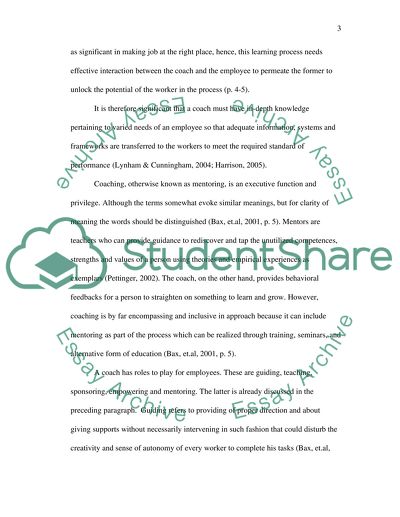Cite this document
(“Human Resource Development Essay Example | Topics and Well Written Essays - 2250 words”, n.d.)
Retrieved from https://studentshare.org/human-resources/1397702-human-resource-development
Retrieved from https://studentshare.org/human-resources/1397702-human-resource-development
(Human Resource Development Essay Example | Topics and Well Written Essays - 2250 Words)
https://studentshare.org/human-resources/1397702-human-resource-development.
https://studentshare.org/human-resources/1397702-human-resource-development.
“Human Resource Development Essay Example | Topics and Well Written Essays - 2250 Words”, n.d. https://studentshare.org/human-resources/1397702-human-resource-development.


